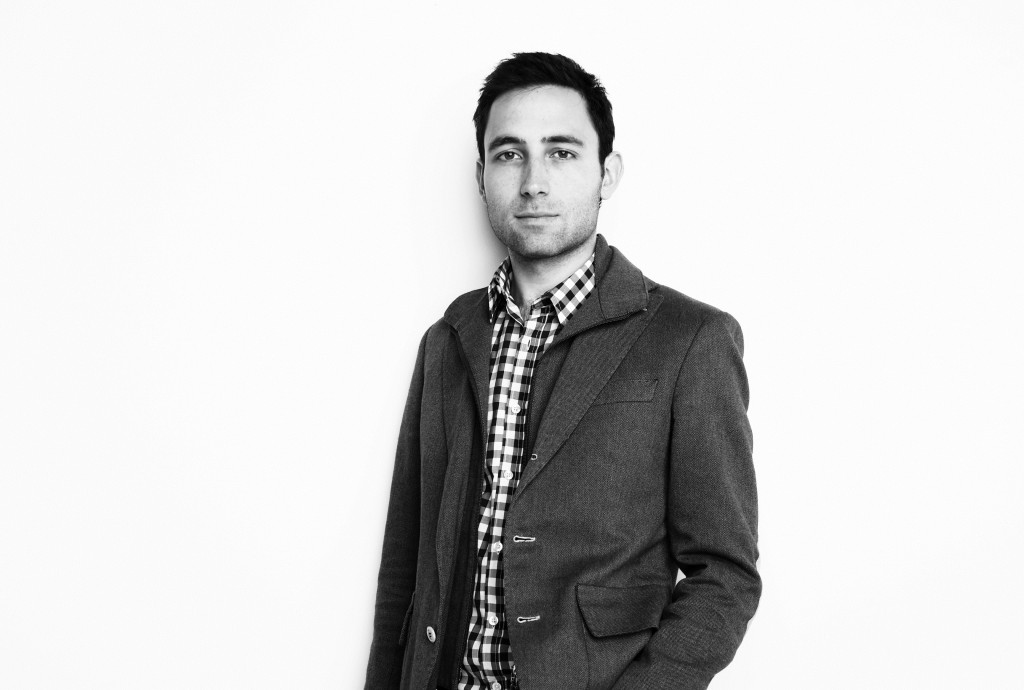You probably know Scott Belsky from his bestseller Making Ideas Happen. But before the book, there was Behance, the company that led him to the book. What follows are the best parts from our recent interview.
By the way, at the end of the interview, Scott mentioned these were some of the best and most thought-provoking questions he’s received. Oh Scott, I bet you say that to all the girls.
1. I read that your business model is unlike anything you learned in business school. Can you elaborate?
Well, technically we are a technology and social media [company] that develops a paper product line, runs a think tank, and produces an annual conference. This pretty much defies everything they teach in business school about specialization and operations management.
But, in the era upon us where the barriers to developing new technology are low – and operations management can be more automated – it is easier for a business to attack their mission from various angles.
For Behance, our specialization is OUR MISSION rather than OUR MEDIUM. We want to organize the creative world, and we’re open to using every/any medium to do it.
2. What are your strategies to make the Behance network of sites grow? Are you focused on one site or another?
(Behance, Action Method, The 99 Percent, The Served)
Early on in the history of Behance, we realized that “organizing the creative world” would require a focus on both the MACRO and the MICRO needs in the creative community. We structured our team accordingly. The 99% and Action Method initiatives help creative individuals and teams get organized. While the Behance Network is a powerful platform all about organizing the creative world’s work.
The sites have grown organically through word-of-mouth. We feel extremely fortunate to have a community of extremely talented participants that care about developing the platform organically. We get a lot of feedback, which we take into account.
3. How would you define your core audience for Behance products?
Our core audience is made up of people and teams that generate ideas for a living. We serve an audience that, in most cases, has too many ideas to begin with and wants help in organization, promotion, and ultimately making more of their ideas happen.
4. Describe your vision for Behance. In what ways is it rewarding or difficult to stick to that vision? How does the company fit into your longer-term plans?
We believe that, with better organization and platforms for navigating creative industries, there will be more of a “creative meritocracy.” We imagine a day when the greatest talent gets the best opportunities (rather than be at the mercy of antiquated systems).
This has always been our collective vision for Behance – a more organized and empowered creative world. Our challenge is not falling into the trap that plagues most creative teams: doing projects because they are fascinating rather than because they achieve the mission. At times it is difficult to ground our excitement with sound judgment about WHY we do what we do, and to stick with it.
5. What is it like working as a young entrepreneur? Talk about your strengths and weaknesses.
My greatest weakness is impatience. I have so little patience for standard procedures and the long process of development. In my mind, I always want everything to be “done” until I realize that rushing the process is, in fact, rushing life…and I certainly don’t want to do that. Luckily I have a team of people who are better at setting the pace and ensuring that a process is tempered with the right questions.
As for strengths: I try to do a realistic gut-check every night about where everything REALLY stands. I try to identify where I screwed up that day, what I would change if I could, and I try to keep learning amidst the blur of every day. I think this is an important strength that every aspiring leader should develop.
6. Describe your philosophy on work and life. Boundaries? Balance? Blur?
Realistically, I think balance is not an every day achievement, but rather something achieved over time. Busy periods in life come and go. Right now I am in a busier period. But if you love what you do, such periods are easier to manage. I try to listen to my body. When it tells me to slow down, I try to obey. But it’s not easy.
7. Describe a good team member. How do you recognize those qualities?
The best team members take initiative. When we bring on new members of a team, we look more for evidence of “taking initiative” than past experience and skill sets. Our mentality is that, as a growing company, we are developing each other. Past knowledge is less important than the tenacity to help make Behance happen.
We also ruthlessly fight apathy at Behance. We have many heated arguments about features, systems, and user experience. Sometimes we fight, but we stick with it. We don’t tolerate apathy, and we think it is the biggest detriment to reaching the best solutions.
8. Is there a question I should have asked, but didn’t? Please let me know, and answer it.
Other entrepreneurs ask me if one needs start-up capital or personal wealth to start a business. Behance is actually a bootstrapped enterprise! We did do a very small friends/family round to get us off the ground, but we decided to bootstrap the business instead of raise major financing.
Why? Partly because we were selling some products from the very beginning and didn’t require too much capital. Partly because we wanted the team to become owners of the business. But the major reason is that we wanted to feel the texture of the business, work within our means, and develop a sustainable business model rather than lurch toward an uncertain future.
